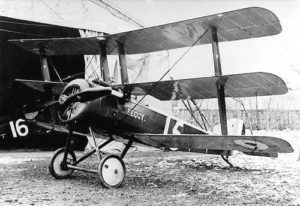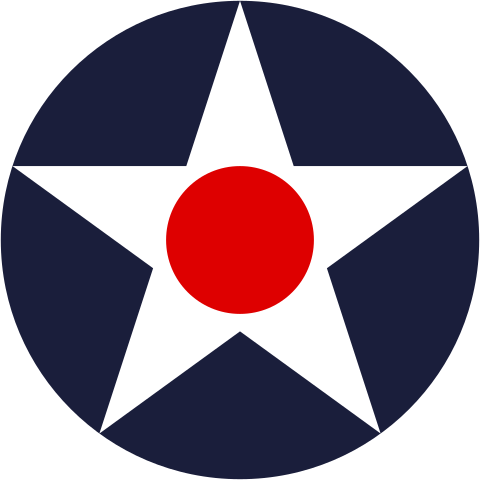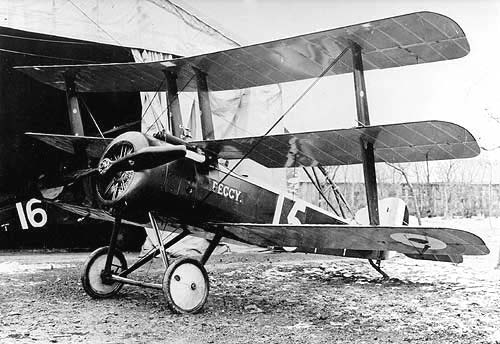Sopwith Triplane History
| Sopwith Triplane |
|---|
 |
| Sopwith Triplane Technical Drawings & Scale Model Plans |
 |
| Sopwith Triplane scale model plans |
| Sources: |
| Aircraft of World War I |
| Fighters 1914-19 Attack and Training Aircraft |
| Sopwith Triplane | Sky Corner |
| Sopwith Triplane | Wikipedia |
The short but spectacular combat career of the Sopwith Triplane in 1917 made such an impact upon the aeroplane’s German adversaries that several German manufacturers were urgently instructed to produce a rival triplane to combat it. As an example of the “Tripehound’s” achievement, five aircraft of “B” Flight, No. 10 Naval Squadron, in two months accounted for 87 German aircraft, the flight leader himself accounting for 16 of them in a period of less than four weeks. Introduced at a time when the Albatros D.I/D.II fighters were coming into service, The Sopwith Triplane retained its superiority even over the later Albatros D.III and Albatros D.V.
The purpose of adopting the triplane layout was to try and retain the performance level of the Sopwith Pup while improving pilot view, general manoeuvrability and rate of climb; and by adopting three wings, of shorter span and much narrower chord, these objects were satisfactorily achieved. Indeed, the Triplane was able to out-climb any of the current German fighters – and advantage which it was not slow to follow up when it entered combat.
The prototype Sopwith Triplane was flown on 28th May, 1916, and in June underwent service trials in France with Naval “A” Fighting Squadron. Despite this, initial orders for the type came from the Royal Flying Corps (RFC), but when the Admiralty were urgently requested to divert aircraft to the Western Front after the Battle of Somme they agreed to transfer a number of SPAD VIIs on condition that the Royal Naval Air Service (RNAS), in return, should receive the Sopwith Triplanes when they were ready. Thus the RNAS became the only British service to use the Triplane, which entered service in February 1917. About 140 were received, the last of them in mid-October; but by the end of the year the Triplane had been withdrawn to training or experimental duties, being replaced by the newer and even better Sopwith Camel. From February 1917, modifications to aircraft in production and service reduced the size of the horizontal tail to enhance the aircraft’s diving ability.
The Sopwith Triplane served almost exclusively on the Western Front, but during 1917, in addition to six aircraft delivered to the French government, another was flown with the Imperial Russian Air Service (on a ski landing gear) and one was sent to the United States. One served with No. 2 Wing RNAS in the Aegean, and here also Flt. Lt. J. W. Alcock (the transatlantic Vimy pilot of 1919) built his own ‘one-off’ Alcock A.1 scout from Triplane components.


